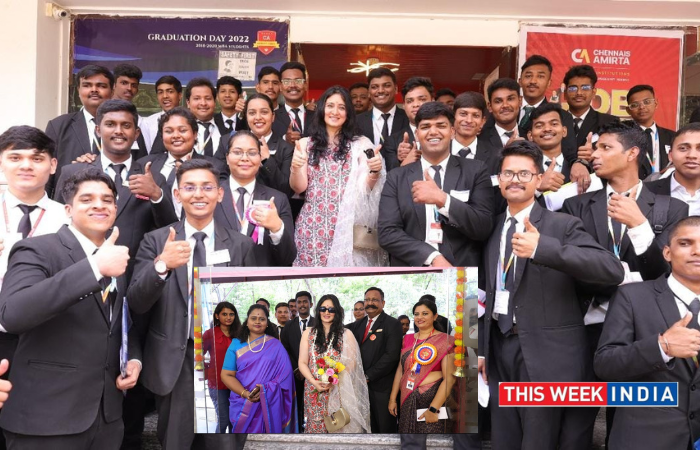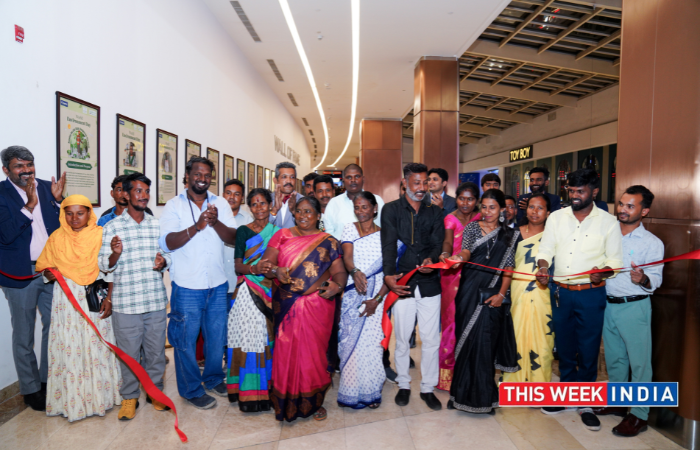How does the Visually Challenged perceive Patriotism?
India celebrated its 75th Independence Day on August 15, 2022 with patriotic fervour. The Prime Minister’s speech from the ramparts of the Red Fort mentioned of the underprivileged to echo his clarion call of Sabka Saath Sabka Vikas, Sabka Vishwas. It is perhaps implicit that the physically challenged are part of this inclusivity of development and trust. Beyond the jingoism, India needs to travel a lot to put to practice true inclusivity.
It is quite intriguing as to how visually challenged people perceive an emotion like patriotism. For most of us, it is rather astounding knowledge that the blind can recognize the emotions of others without needing to be visually aware of them. For normal people, the significance of being able to see appears self-evident not just for expressing emotions but also for the perception of the expression of an emotion. Yet, a blind person does not have this visual sense for understanding and interpreting emotions, especially something like patriotism. How then does a person who can’t see, develop the feeling of love, devotion, sense of attachment and belonging to a landscape?
Obviously, the other senses like touch and hearing, do play a role. The visually impaired develop their own mechanisms of recognizing and communicating emotional states by using the other senses.
A country’s flag for example is an emotional symbol of nationalism. When a blind person can’t recognize Saffron, White and Green colours, how do we inculcate that in the national flag of India the top band is of Saffron colour, indicating the strength and courage of the country, the white middle band indicates peace and truth with Dharma Chakra and the green band indicating fertility, growth and auspiciousness of the land. Even for a normal person, it gets difficult to get these emotions right! Perhaps, we need to think of creating an equivalent of the National flag that can be codified into touch/feel and sound!
In interpersonal relationships, as a survival instinct, since the blind people can’t see bad or good people they detect what they emote by sound, feel and touch. They listen to voice modulations (tone and tenor), or spoken words that give a clue. But as a country, we need to ensure that blind people have access to emotional codes in the form of models or drawings that they can touch, feel and also hear. We need to go beyond brail maps which only codifies the extent of a country’s boundaries. In the public domain or arena, blind people must be facilitated to enhance their own perceptions as well as learn how to manage the intensity of the expression of their emotions; for example, they can be as patriotic and expressive at that if not better than normal people.
In making progress on various fronts, India needs to take its physically challenged along in making public spaces, facilities, travel and other amenities accessible. Development ought to be inclusive and tangible for the visually impaired too. These actions on the ground would definitely bring in a sense of true feeling of Patriotism in them.
As we draw curtains on the 75th Independence Day celebrations, let us move from Blind Jingoism to far-reaching inclusivism.









